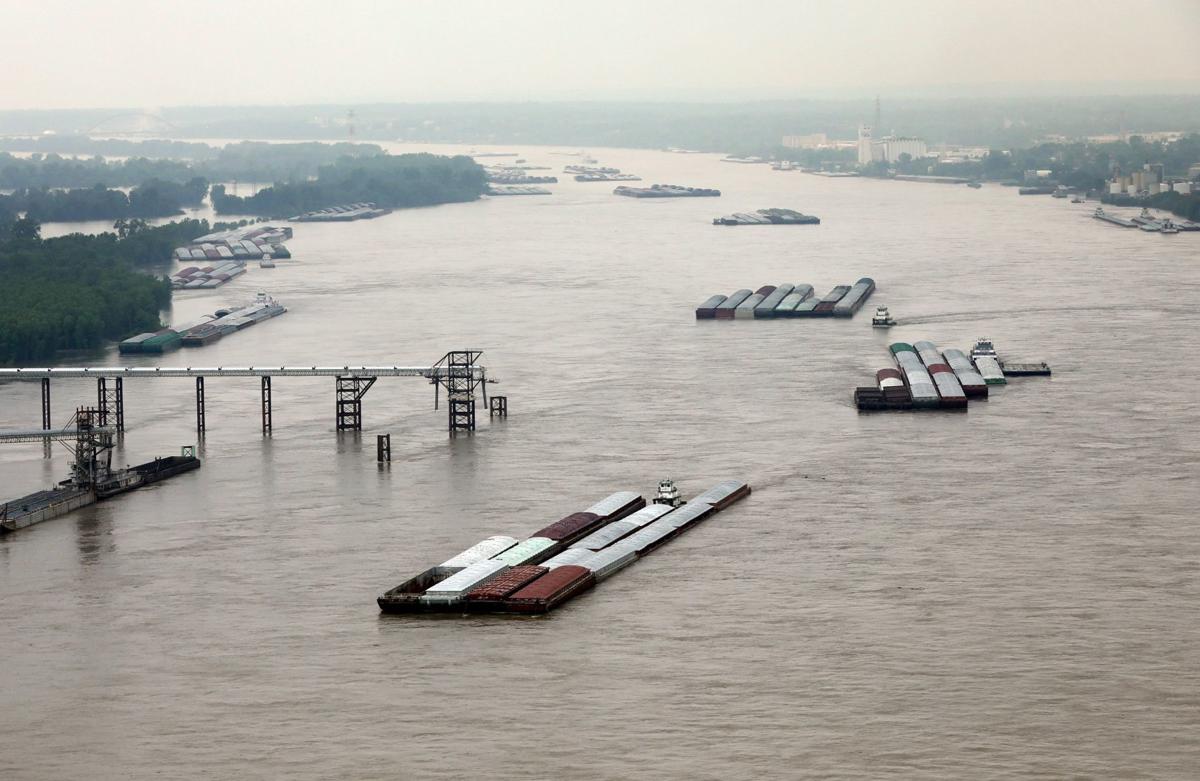The UN Food and Agriculture Organization (FAO) is reporting that global food prices hit their...
Low River Levels: The Sequel No One Wants to Watch

It’s game time says Soy Transportation Coalition Executive Director Mike Steenhoek, and key waterway infrastructure systems are not ready.
“There are a couple times a year where it's game time more than others, and harvest season is one of those periods and you need to have our supply chain operating on all cylinders,” Steenhoek says.
He continues to say major river levels, specifically those on the Mississippi River, are lower this year than they were this time last year. And he highlights how last year was a historically low water event.
“It's a movie sequel that none of us wanted to watch, but yet we're watching it,” Steenhoek says. “It's having an impact on the efficiency of barge transportation. Most notably, fewer barges are being connected to form a single unit. And barges are being loaded to lighter weight. When you start diminishing that - both the depths that barges can sink to and the number of barges you can put together - that changes the economics of barge transportation which certainly impacts our competitiveness,” he says.
When Will the Rivers Run Full?
Looking at what it will take to get the rivers recharged, Steenhoek isn’t optimistic for a speedy recover. “It's going take some prolonged and sustained precipitation,” he says.
International Shipments Are Slowed Down, Too
Low water levels are also affecting the efficiency of another key waterway - the Panama Canal, which sees 40% of all U.S. container traffic. Since July, there have been longer wait times as low water levels force reduced traffic.
The canal operators are limiting the number of transits that can go through and using draft limitations.
“The draft limitations haven't impacted the original canal locks that were built over 100 years ago - that's what most grain and shipping vessels use, those old 1914 locks,” Steenhoek says. “About 600 million bushels of U.S. soybeans transit the Panama Canal every year, so that's a critical link in our supply chain going from the Gulf to our customers in Asia.”
EDITOR’S TAKE:
The title of this article seems very appropriate – no one wanted to see a sequel to last year’s historic low water levels on the Mississippi River. It appears, however, that, like it or not, agricultural shipments on that major waterway are being impacted. That means transportation costs will rise, commodity prices may rise and the combination can lower demand for products. We can only hope for rain to recharge the river levels. Until then we will keep a close eye on developments on the Ole' Mississip! Meanwhile, make sure you stay focused on servicing those farm customers with the best service, parts and truck inventory. No matter what happens on the Mississippi River, farmers/ranchers will be looking for help with their existing trucks, as well as shopping for new or qualified used ones.








